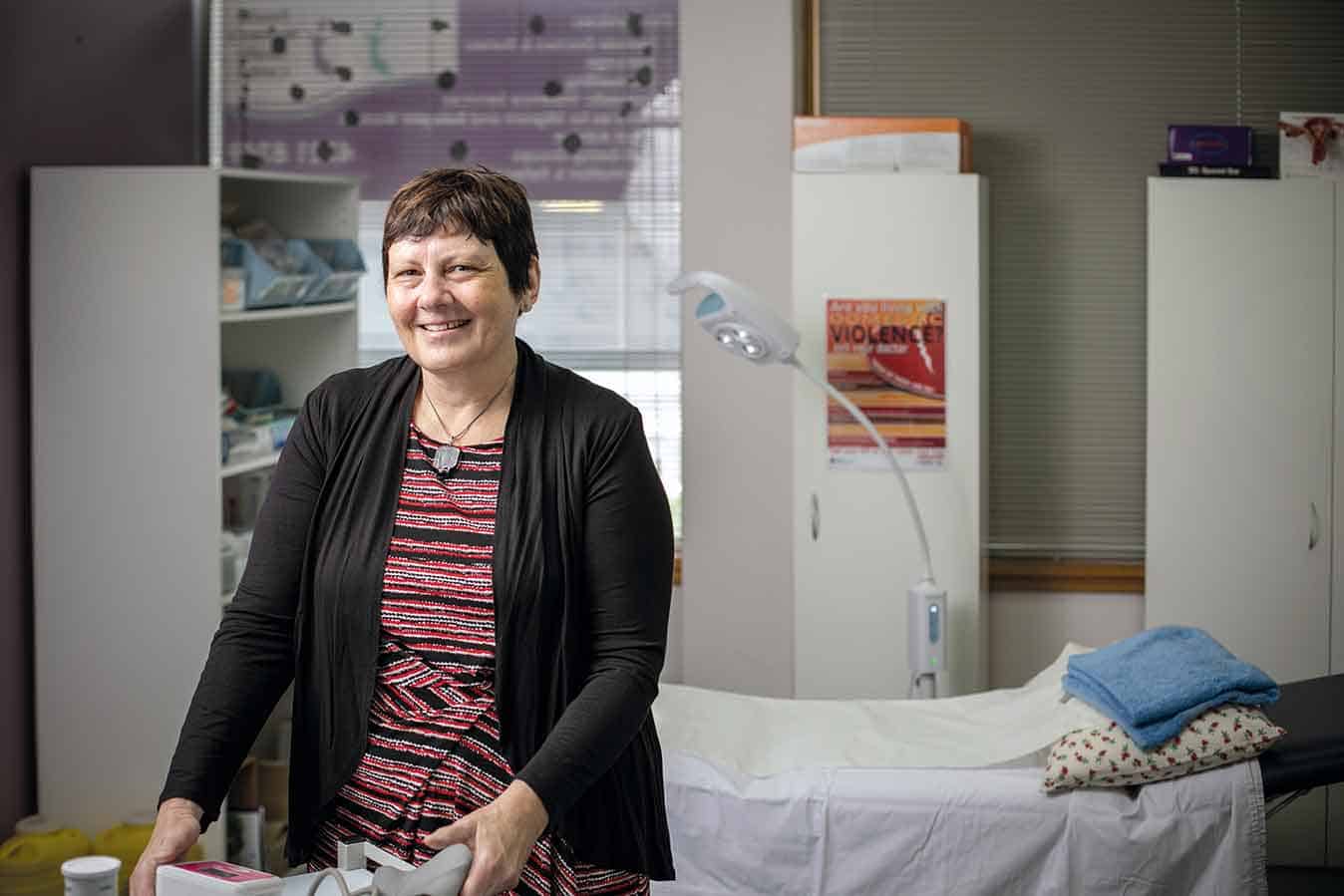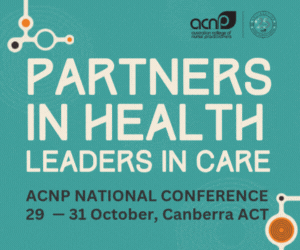NSW Women’s Health Nurse Practitioner Jo Perks needed the tick of approval from a doctor to provide care to women, many from disadvantaged backgrounds, at a health centre in south-west Sydney.
Since 2010, legislation has required NPs and eligible midwives across Australia to establish collaborative arrangements with doctors in order to practice in a range of settings including hospitals, primary care, and aged care.
NP’s can meet the requirements in a variety of ways, including being employed by a service that has one or more doctors, having a written agreement with a doctor, or verbal acknowledgement of the arrangement.
Overarchingly, collaborative arrangements for nurse practitioners relate to whether a patient is entitled to a Medicare rebate on the cost of a nurse practitioner service, or a PBS subsidy on their prescription.
“In 2010, we got access to the MBS and PBS but there was a clause called a collaborative arrangement, which presented a number of issues,” Perks recalls.
“It stipulated that you had to have a supportive doctor who would literally be your supervisor, or you had to work in a service where there were doctors in order to have your practice.”
The clause was due to be abolished last year but then extended until 2030 by the previous federal government.
“We can practice autonomously, because that’s what we’re taught to do, but we have to have someone [a doctor] who’s prepared to support the role,” says Perks, one of the first 100 NPs endorsed in Australia.
“There’s a lot of misunderstanding. Even people who work for Medicare don’t quite understand the rules. It’s just set us up, literally, to fail. We need to be able to work to our full scope of practice.”
After a decade long battle, under changes announced in last night’s 2023-24 Federal Budget, collaborative arrangements putting people receiving care from nurse practitioners and eligible midwives at a financial disadvantage, and limiting the ability of NPs to work to their full scope of practice, will be finally scrapped. Medicare rebates for NPs will also rise by 30%, costing $46.8 million.
The removal of collaborative arrangements and 30% increase in Medicare rebates for nurse practitioner care will significantly increase access to care and allow nurses to work to their full potential #Budget2023 @cdnmanz
— Prof Karen Strickland RN (@strictlykaren) May 9, 2023
Perks welcomed the changes, saying that they will allow NPs greater flexibility to provide vital care.
“It will lead to improved health outcomes and stop the two-step process of having to refer a patient back to a GP, for example, to get a pelvic ultrasound done or something that they’re [NPs] blocked from being able to do.”
The Australian College of Nurse Practitioners (ACNP), too, praised the key Budget announcements for NPs, which also included $50.2 million to fund 1,850 postgraduate scholarships to encourage registered nurses to become nurse practitioners.
While the removal of unnecessary restrictions and improving rebates will improve access to the high quality health care that NPs provide, ACNP President Leanne Boase said the government still had a lot of work to do to ensure remaining barriers to practice are removed so that NPs can work to full scope. This includes the increase in bulk-billing incentives for GPs being extended to NPs as well.

“This would assist in service delivery to underserved communities, and disadvantaged people, where we often see nurse practitioners working, and establishing innovative health services,” Ms Boase argued.
“This government still has a lot of work to do in relation to nurse practitioners, and more generally in relation to reform in primary care and aged care. We need more innovation, and support for innovative models of care. Higher costs, fewer funded services, blocked referral pathways, and more expensive medicines still disadvantage people who choose a nurse practitioner for their health care, and those who have difficulty accessing health care services.”
ANMF Federal Secretary Annie Butler labelled the Budget removal of ‘red tape’ currently preventing highly-skilled NPs from working to their full scope a positive first step towards empowering nurses and midwives to do what they’re qualified and trained to, without the need for collaborative arrangements with doctors.
“Under existing workplace arrangements, nurses and midwives are under-utilised, so these initiatives will start to recognise their true worth and how crucial they are in improving access to quality care for people when and where they need it, particularly in rural and regional areas where crippling workforce shortages are continuing to impact healthcare.”









One Response
Thank you Robert Fedele for a great article. Need more articles like this one disseminated to all RNs nationwide.